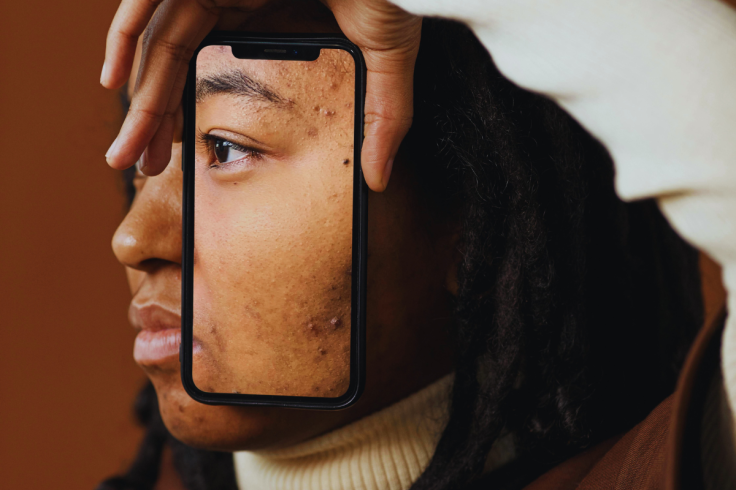
On 14 May 2025, a TikTok video of a woman scrolling on a transparent 'smartphone' at a San Francisco bubble tea shop captivated the internet, amassing over 50 million views. Initially mistaken for a futuristic device, the object was revealed as a 'methaphone,' a clear acrylic slab designed to combat phone addiction.
As the clip ignites global curiosity and debate, what is a methaphone, and what does its viral fame reveal about our digital dependency?
A Viral Sensation Sparks Speculation
The nine-second TikTok clip, posted by user @askcatgpt, showed a woman thumb-scrolling on what appeared to be a see-through phone, prompting wild theories about a next-generation device.
@askcatgpt Completely clear phone spotted in San Francisco on May 14…?!? Wtf?????? 🤭🤫 Link in bio for more deets. (NOT SPONSORED)
♬ original sound - CatGPT
'I'm sorry, WTF IS THAT?' @askcatgpt captioned, fuelling speculation of a Nokia prototype, per PetaPixel.
A clarifying X post by @Jfreeg_ on 19 May 2025 stated, 'A TikTok video went viral showing a woman with a seemingly "transparent phone." It's a "methaphone," a clear acrylic slab to curb smartphone addiction,' per Wccftech.
The video's 3.3 million likes and thousands of comments underscored its massive reach across social media platforms.
In a follow-up video, @askcatgpt explained, 'It is exactly what it looks like, a clear piece of acrylic shaped like an iPhone,' revealing the methaphone was created by her friend to mimic a smartphone's feel without functionality, per the same PetaPixel article.
The device, akin to the NoPhone, aims to reduce compulsive phone-checking by offering a tactile substitute.
The woman's instinctive scrolling on a blank slab captivated viewers, exposing the automatic nature of phone habits and turning the clip into a viral social experiment that resonated with millions seeking digital mindfulness.
Combating Addiction with a Placebo
The methaphone, a non-functional acrylic block, was designed to address smartphone addiction, a pressing issue as US adults average over four hours daily on phones as per OKW.
Its creator, @askcatgpt's friend, sought to test whether a phone-shaped object could curb the urge to check devices, acting as a placebo for digital dependency. 'My friend is actually the inventor and creator of these,' @askcatgpt noted, highlighting its goal of fostering mindfulness, per PetaPixel.
The experiment's visual paradox i.e scrolling on an empty slab, struck a chord, reflecting how deeply ingrained phone use has become in modern life.
The methaphone's reported sell-out status signals public intrigue, though no scientific evidence proves such substitutes reduce screen time. TikTok viewers praised its creativity, with some calling it a bold statement on tech reliance, while others doubted its practicality, arguing apps, not the device's feel, drive addiction.
The video's fame has spurred broader conversations about screen time, encouraging viewers to reflect on their reliance on smartphones and explore ways to regain control over their digital habits.
A Mirror to Our Digital Lives
The methaphone's viral surge, with 50 million views, exposes a cultural tension: our addiction to smartphones versus a yearning for disconnection, per Wccftech.
Its transparent design, mimicking a £790 ($1,056) iPhone, serves as a satirical jab at device obsession, challenging users to confront their habits head-on.
As tech giants like Apple and Samsung push ever-smarter phones, the methaphone's simplicity resonates, urging a rethink of our digital priorities. Will such experiments spark lasting change, or remain viral novelties?
The methaphone's global impact suggests a hunger for mindfulness, pushing society to question technology's grip on our lives in an increasingly connected world.







